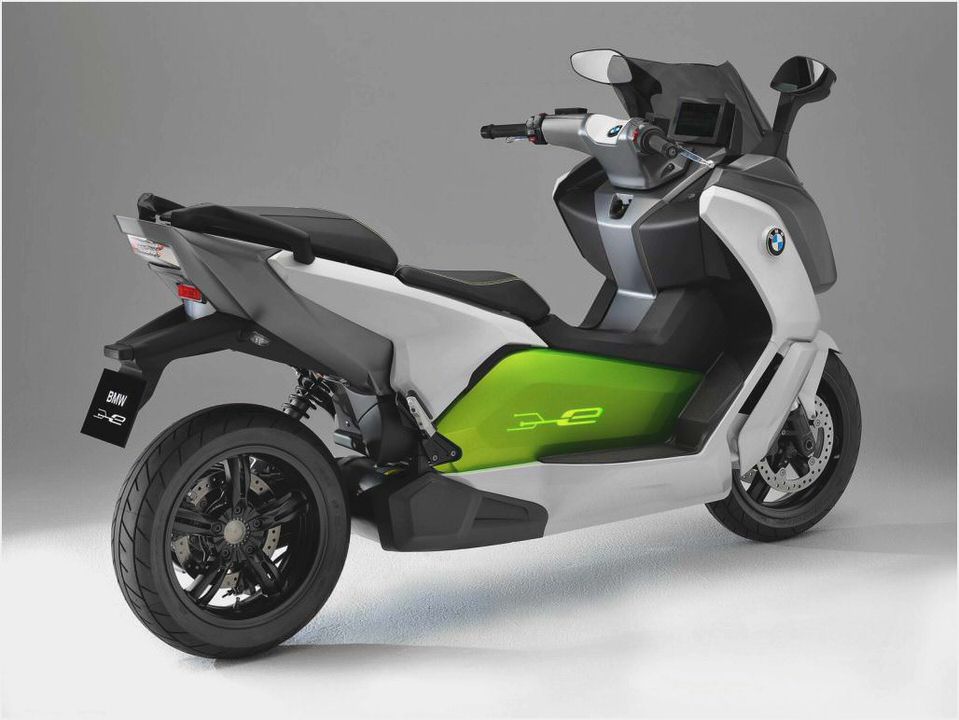
Mazda 2 EV range extender prototype first drive review
What is it?
A Mazda 2 supermini re-engineered as an electric car and powered by a 20kwhr, 346 volt lithium-ion battery pack fed by a range-extender rotary petrol engine and generator.
Mazda already has a Mazda 2 electric vehicle in use in Japan, so the range-extender is an incredible elegant engineering solution that shoe-horns the compact rotary engine powerpack under the hatchback’s rear boot floor.
The combustion engine is a single rotor of 330cc swept capacity designed to operate at a constant 2000rpm, when it pushes out a modest 26bhp.
To maximise space utilisation, the rotary engine is mounted horizontally under the rear boot floor together with its fuel tank and generator. This sub-assembly is incredibly compact, and looks like it would fit in a large suitcase.
The battery pack is arranged under the hatch’s main floor from where it feeds energy forward to the 100bhp electric motor, regulator and controller mounted in the engine bay.
Given the modest battery-pack capacity, Mazda’s range-extender is designed to cut in at a relatively low 6mph and to run continuously.
Of course, there is a weight penalty for carrying around all this technology. And whereas a base-spec Mazda 2 weighs in just over 1000kg, the battery version adds around 100kg and the range extender a further 100kg or so, pushing the total weight out to 1300kg.
Like the BMW i3 range extender. the Mazda 2 EV range extender’s range is dictated by its fuel-tank capacity, which coincidentally matches the new BMW exactly at 9 litres.
Mazda draws a further parallel with the high-tech BMW, saying that early studies indicate CO2 output might get close to the carbonfibre i3. BMW quotes 13g/km; Mazda says its range extender might hit 15g/km, although it stresses that the number hasn’t yet been measured.
What is it like?
This was a very short drive in an early engineering prototype, so it is more appropriate to report impressions rather than draw firm conclusions, but overall the feeling is of a fascinating new powertrain with considerable promise.
Like all electric cars, the Mazda delivers smooth, quiet and instant performance from rest. Acceleration builds gently, thanks to the relatively modest power outputs for the battery and range extender, but felt a little adrift of the 10.8 secs to 62mph from rest that Mazda quotes.
Responsiveness was good, as was the refinement on/off the accelerator pedal, which says volumes for the sophistication of Mazda’s calibration of the motor and its controller at this early stage.
There’s also an EV equivalent of a ‘sport’ button, which adds extra braking effort when the motor is in regeneration mode, but pleasingly Mazda hasn’t overdone the stopping effect, so braking is smoother than some EVs whose strong regeneration effect is felt as an unwanted, nose-diving stop.
In this prototype, there hasn’t been the time to work on details of NVH, so the range-extender rotary engine can be heard thrumming away at constant speed under the boot floor, reminiscent of a fridge/freezer compressor. The noise is intrusive in the rear cabin, less so in the front.
Mazda says it is looking at how to tune the noise of the rotary engine and has to decide whether to silence it or create an attractive note. Another task for the long-term development program.
You also feel the extra weight in the back, when cornering and over bumps, where behaviour is similar to a fully loaded hatchback putting its suspension through the wringer.
Mazda has fitted uprated rear springs to cope with the extra weight of the range-extender battery pack, but it may need to rethink the chassis and steering to balance out the unusual weight distribution.
Should I buy one?
This option won’t be available any time soon, if ever. But if elegant engineering and innovative problem solving are any recommendation, yes would be the answer. And given the extremely low CO2 figure mooted, there ought to be a strong future for this fascinating concept.
Mazda 2 EV Range Extender
Price TBA; 0-62mph 10.8 sec; Top speed 80mph; Economy TBA; CO2 15g/km (estimate); Kerbweight 1300kg; Engine Rotary, 330cc. (500cc equivalent); Power Electric motor 100bhp; Rotary range-extender 26bhp @ 2000rpm Torque Electric motor 110lb ft; Gearbox Not fitted
- DORAL, Fla.: Rain interrupts play at redesigned Blue Monster; only six…
- Honda SH150i – Owner Reviews Motor Scooter Guide
- 2011 Honda Civic Hybrid – HybridCars.com
- 2008 Honda DN-01: MD First Ride – Motorcycle…
- Honda VTR1000 SP-1 – Cycle Torque Magazine

